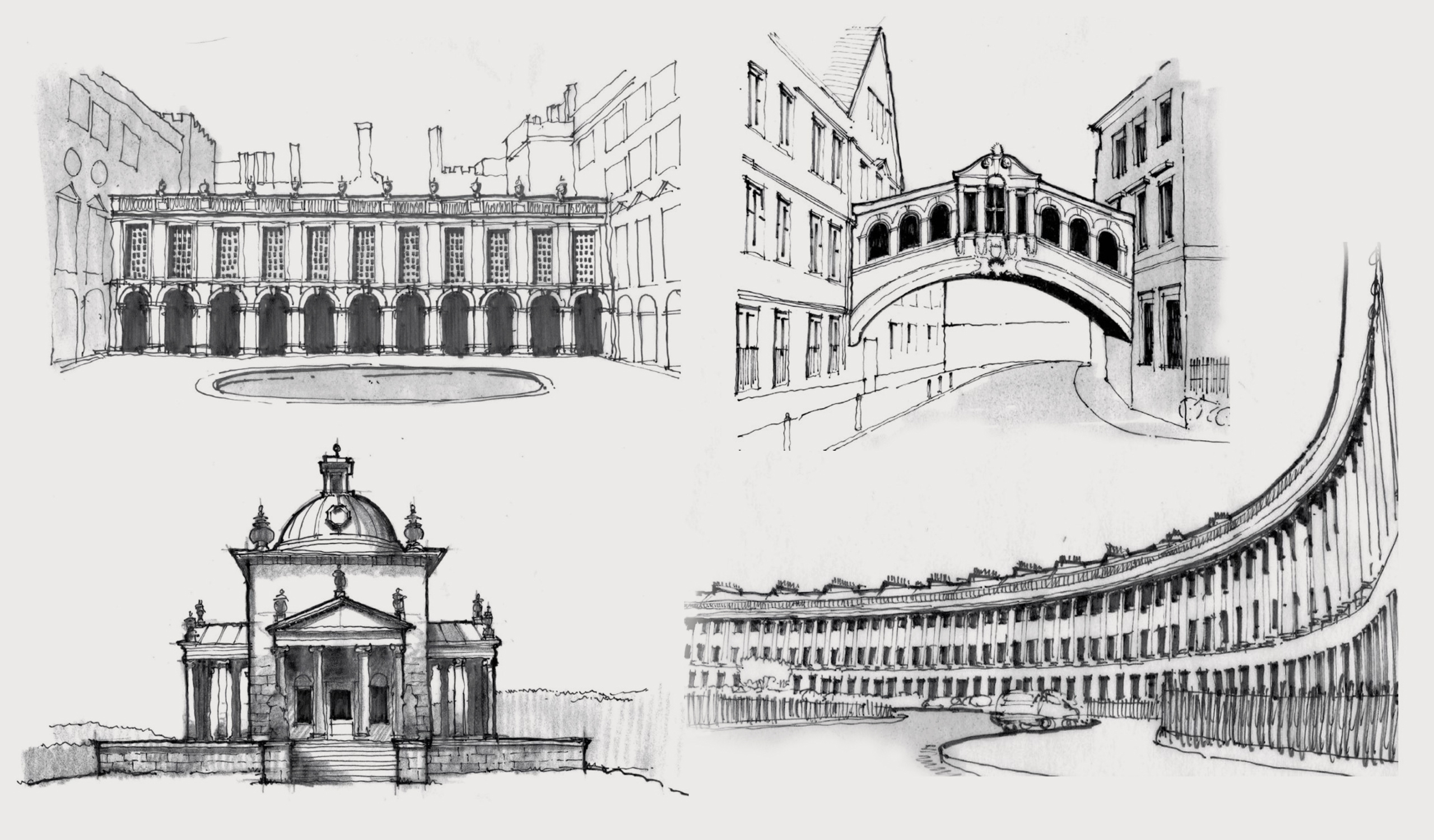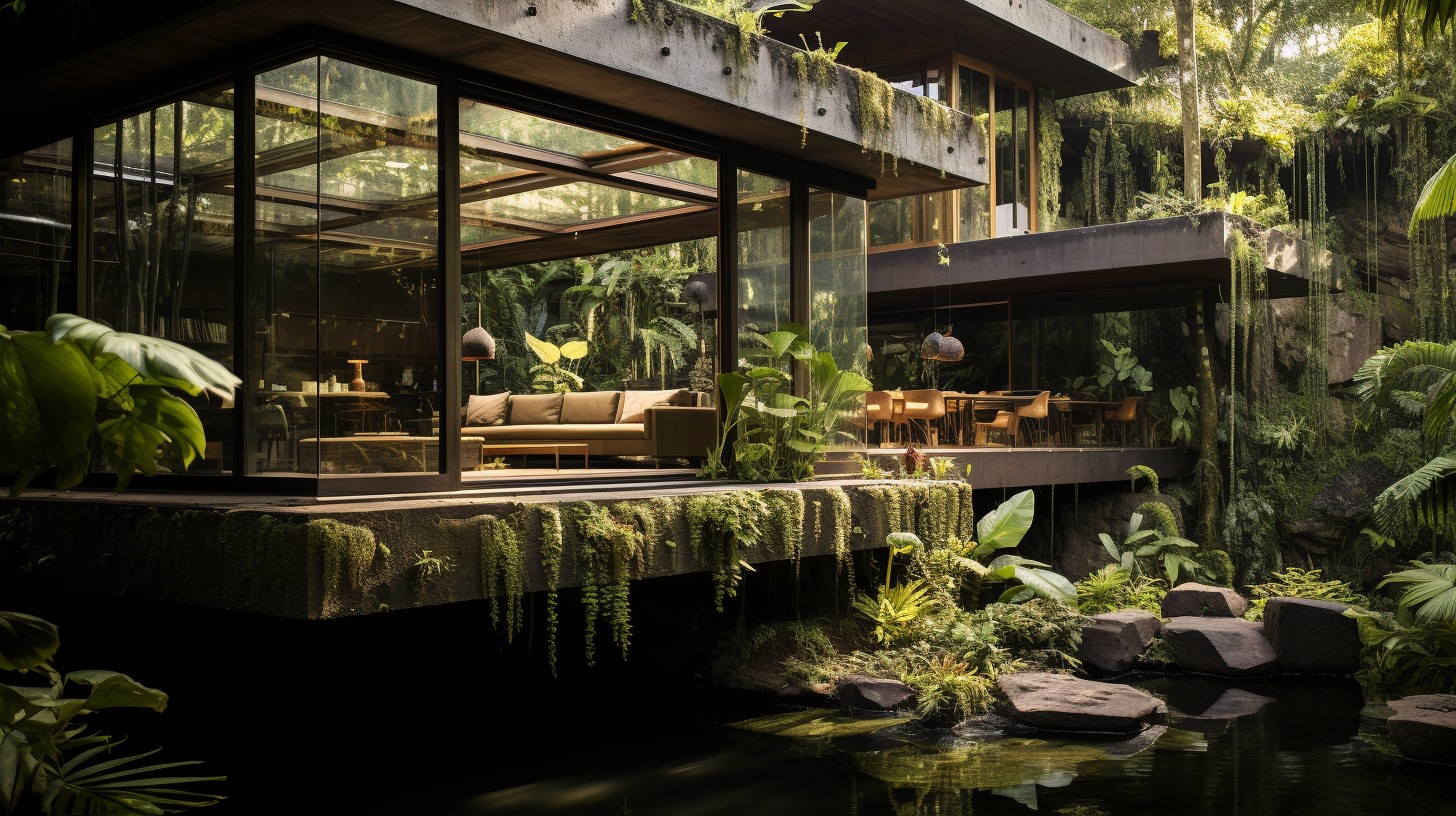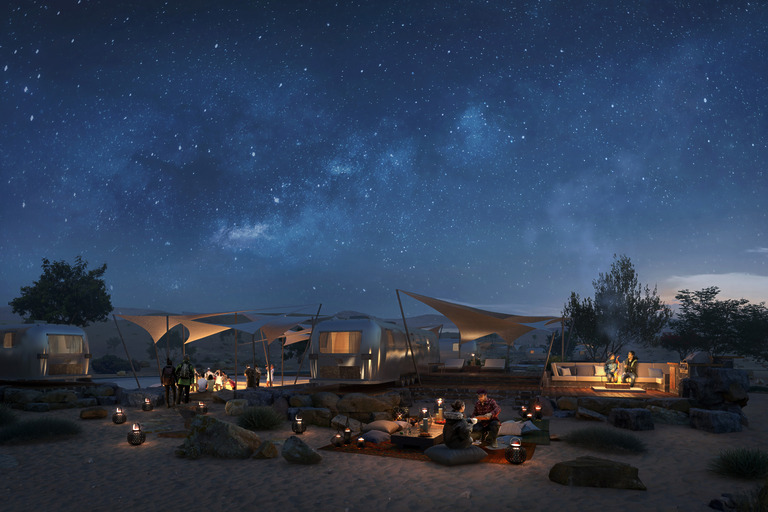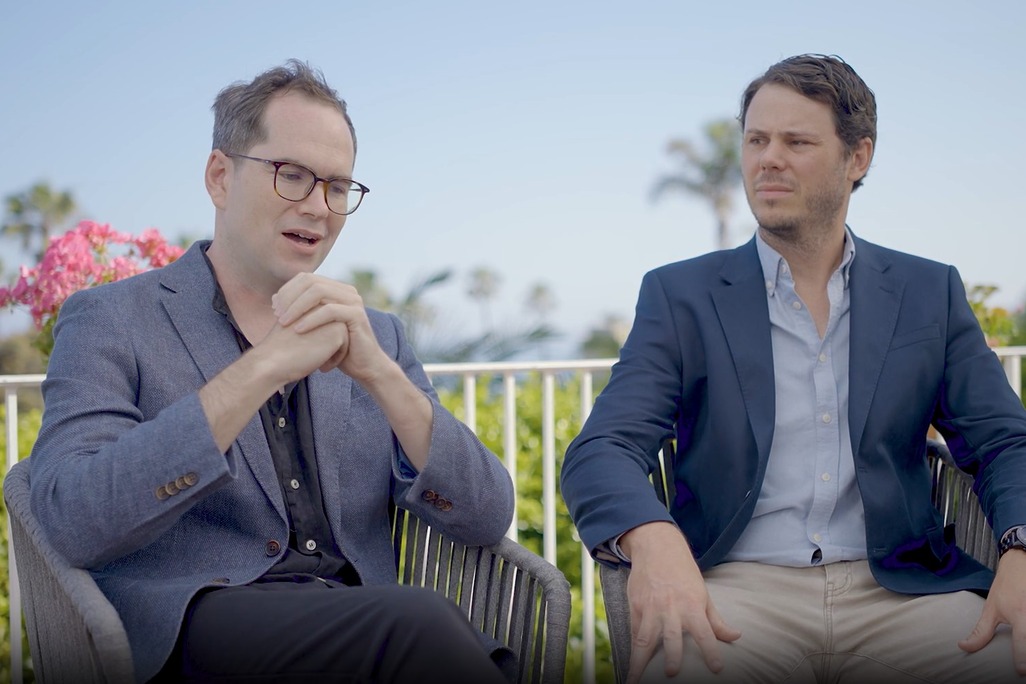The Quick Six with Nathan Saint Clare
By Eleanor Cardwell
October 26, 2023
Nathan Saint Clare is a gifted architect driven by a deep commitment to design intent rather than a predefined style. His passion lies in crafting spaces and structures that harmoniously blend with function and context, achieving a level of craftsmanship and detail that transcends mere aesthetics, embodying both beauty and practicality.
His portfolio spans a diverse array of typologies, encompassing hospitality, civic, cultural, and higher education projects across Asia-Pacific, Europe, the Americas, and MENA. Nathan firmly believes that design is an ever-evolving process, “a moving, living thing” that transforms with each project and client interaction. His work has gained international recognition for innovation in both design and construction.
In his new role as Associate Principal at WATG’s London Studio, Nathan is leveraging his extensive global experience and embracing an integrated design approach to spearhead some of the organization’s most prominent projects in the EMEA region.
We sat down with Nathan to talk all about his first ever project, his travels, and the advice he’d give to the next generation of designers.

What was the first design project you ever worked on?
My first project was the Tokyo Disneyland Hotel, which proved to be an invaluable experience for a junior designer. I had the privilege of learning from some of WATG’s most esteemed design leaders, including Jerry Allison, Tom Fo, Cynthia Jacobs, and Henry Wu. This monumental project was both vast and intricate, with a discerning and sophisticated client like Disney at the helm. I consider myself exceptionally fortunate to have been involved in every phase of the project, from the initial concept design all the way through to the design development and witnessing its realization in construction.
Early in your career, it is crucial to participate in all stages of a project’s development. This first-hand experience allows you to appreciate how design decisions cascade and evolve over time, all working towards the goal of bringing the project to life. At WATG, we are not merely “paper architects”; our aspiration is to see our designs materialize and be enjoyed by all.
Covent Garden, the location of WATG’s London studio
What is the biggest career risk you’ve ever taken, and did it pay off?
One of the most significant career risks I’ve taken was uprooting my family and relocating across two oceans to move from Hawaii to London. Fortunately, re-joining WATG played a pivotal role in making this transition feel more like a heart-warming family reunion. Living in the vibrant and historically rich city of London has been nothing short of an extraordinary experience, allowing me to immerse myself in the unique history of the city and our London office.
Over the past year, I’ve had the privilege of collaborating with multiple WATG offices on projects that have pushed the boundaries of design. These endeavours hold the promise of continuing our remarkable legacy in destination design, reaffirming our commitment to crafting exceptional spaces that leave a lasting impact.

Honolulu skyline
A large part of your role in design is to shape urban and leisure destinations. What is your favourite place to visit?
Having resided on four continents and contributed to projects across six continents (waiting for you Antarctica!), I firmly believe that travel is an intrinsic aspect of a destination designer’s DNA. We are continually on the lookout for fresh design inspirations that we can interconnect on future projects. Given our projects’ potential locations spanning the globe, it’s essential to explore and immerse ourselves in diverse environments.
Among the many places I’ve had the privilege to visit, one holds a special place in my heart – the Big Island of Hawaii. Embarking on a journey that spans thousands of miles over vast open waters, you catch glimpses of volcanic mountain peaks piercing through the clouds. Beneath these cloud veils lies an active volcano, and I was fortunate enough to lead the design efforts for a new Field Station for the US Geological Survey on the rim of the awe-inspiring Kilauea crater.
The Big Island is a truly magical place, blending the lushness of a rainforest with the stark beauty of a desert. Perched high above the Pacific Ocean waves, this Volcanos National Park is where the ongoing lava flows subtly expand the ancient Hawaiian archipelago, adding to its grandeur bit by bit, day by day.

Nathan’s sketch book – Hampton Court Palace, Oxford University, Castle Howard, and Bath
What three things do you always take on a business trip?
For interviews, site visits, or coordination meetings, I consistently adhere to a principle I learned early in my career: always bring the “Big 3”. The wisdom imparted to me when I just started working at WATG emphasized that the sooner you sketch and visualize concepts directly in front of a prospective client, engaging in a shared creative dialogue, the faster they begin to see you not merely as another architect but as their architect. This valuable advice has always informed my approach design process. The Big 3:
- 12” Alvin Parallel Glider
- Black Pentel Sign Pen and Prismacolor markers
- White trace paper
…. Ok big four, after reading Ashley Scott’s Quick Six, I want a satellite communicator too, just in case.

On the boards project – Giza Island
If you had to pick one design trend to make a comeback, or could predict a future trend, what would it be?
The simple answer lies in AI, although not in the way one might first anticipate. My testing of AI doesn’t revolve around the futuristic, almost supernatural visualizations frequently showcased in the media (though, admittedly, there’s a touch of that). Instead, I’ve been employing AI not to accelerate or replace the design process but to carve out more time for thorough testing, evaluation, and enhanced communication of our design intent.
AI has become a tool to iterate on design options, refining and improving our concept narratives by enhancing our collective design rhetoric. We’ve explored its potential in automating meeting notes and executive summaries, all in pursuit of granting us the freedom to dedicate more time to what we’re truly passionate about – elevating design.

Image created with MidJourney by Nidhi Hegde
One piece of advice to aspiring designers?
Following the Rule of Three. It is an easy and fundamental practice: always test three ideas, three designs, or three options. It’s about fostering experimentation and embracing risk, recognizing that by generating three options, we accept the absence of a singular “right answer.” Instead, we acknowledge a constellation of possibilities, necessitating editing and curation to evolve a design over time.
Moreover, this approach serves as essential training for collaborating with clients. By presenting three distinct options, we invite clients into the design process. They become active participants, engaging collaboratively with the design team to establish consensus and take ownership of the decisions that shape the outcome. Ultimately, it empowers them to truly own the design. Lastly, read your history.
Bonus Question! What are you most interested in from a design perspective? What do you see as your ‘domain’ or niche / what would you like to be known for?
Drawing from my design background, which extends beyond the hospitality domain to encompass an art education and experience in designing a diverse range of structures such as civic, institutional, healthcare, and laboratory buildings, I embrace an open-minded and generalist approach to destination design. This approach proves advantageous, especially when collaborating with clients who entrust WATG to create something “that has never been seen”. In such cases, we must “do something we have never done” and our immediate task is to seek inspiration from unconventional sources and remain receptive to innovative ideas across various disciplines.
Latest Insights
Perspectives, trends, news.

- News |
- Trends
Interior Design Trends 2025: Emotional, Experiential, and Environmentally Conscious Spaces

- News |
- Trends
Interior Design Trends 2025: Emotional, Experiential, and Environmentally Conscious Spaces

- Strategy & Research |
- Trends
2025 Outlook: WATG Advisory predicts the top hospitality trends.

- Strategy & Research |
- Trends
2025 Outlook: WATG Advisory predicts the top hospitality trends.

- Employee Feature
Unlocking Value & Vision: Guy Cooke & Rob Sykes Discuss WATG Advisory’s Bespoke Approach

- Employee Feature
Unlocking Value & Vision: Guy Cooke & Rob Sykes Discuss WATG Advisory’s Bespoke Approach

- Case Study |
- Design Thinking & Innovation
In Conversation: Marcel Damen, General Manager of Rissai Valley, a Ritz-Carlton Reserve

- Case Study |
- Design Thinking & Innovation
